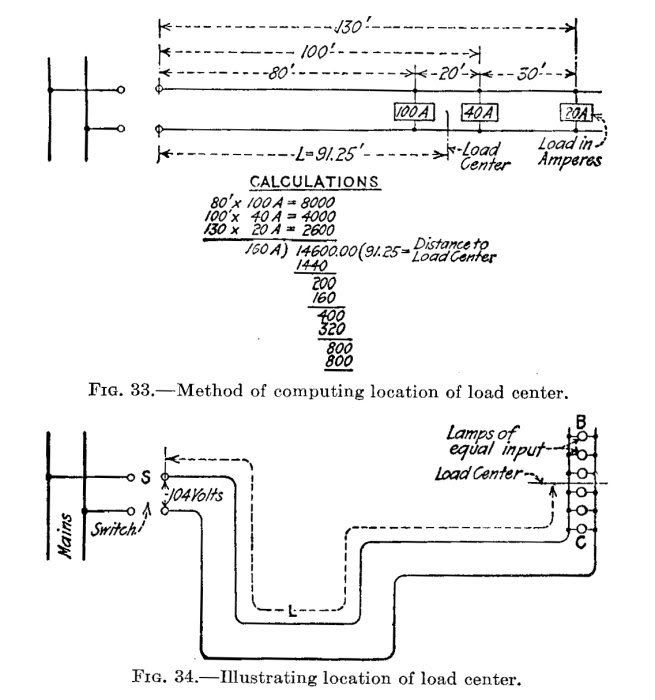You are using an out of date browser. It may not display this or other websites correctly.
You should upgrade or use an alternative browser.
You should upgrade or use an alternative browser.
Voltage Drop for Parking Lot Lighting
- Thread starter KWH
- Start date
- Status
- Not open for further replies.
LarryFine
Master Electrician Electric Contractor Richmond VA
- Location
- Henrico County, VA
- Occupation
- Electrical Contractor
The home run has 9 loads, the next section has 8, the next 7, etc. Cascading conductor sizes is common, as the last run has only a single load.
brother
Senior Member
as someone said, you can cascade them. Also, just from a design point, it might be good to install inline fuses at each pole, so if there is something bad at that pole it wont take out the whole circuit. Also, if you plan to use more than 1 circuit, its good to 'alternate' them, in case a circuit does trip.When doing voltage drop calculations do you figure the longest distance concerning 1pole or do you need to total all poles then figure your greatest distance. I have 9 poles in a parking lot and I am not sure on the calculation
Thanks
Voltage drop formula
2kIL/cm=Vd single phase
1.73KIL/CM=VD 3 phase.
ElecEngCons
Member
First calculate the amperage of the load current at the first fixture:
Amperage = (# of fixtures being served at first fixture) x (Wattage of each fixture) x ballast factor / Voltage
Voltage Drope = 2 x (Length of circuit - from panelboard to fixture) x (Conductor resistance in Ohms per thousand feet) x (Load current Amperage) / (Number of sets of conductors) / 1000
Then calculate the voltage drop at the next fixture. Your amperage will decrease since the # of fixtures being served will decrease. Use the distance from the first fixture to the second as the length of circuit. Then take the voltage drop percentages and add them up together to get the voltage drop at the last fixture.
Hope this helps.
Amperage = (# of fixtures being served at first fixture) x (Wattage of each fixture) x ballast factor / Voltage
Voltage Drope = 2 x (Length of circuit - from panelboard to fixture) x (Conductor resistance in Ohms per thousand feet) x (Load current Amperage) / (Number of sets of conductors) / 1000
Then calculate the voltage drop at the next fixture. Your amperage will decrease since the # of fixtures being served will decrease. Use the distance from the first fixture to the second as the length of circuit. Then take the voltage drop percentages and add them up together to get the voltage drop at the last fixture.
Hope this helps.
Another aspect is if the poles form a grid so to speak: e.g. 9 poles in a 3 ? 3 arrangement. The first one would still be 9 loads, but it can then branch out two or three ways.The home run has 9 loads, the next section has 8, the next 7, etc. Cascading conductor sizes is common, as the last run has only a single load.
Another thing to remember is, you cannot use a conductor rated smaller than the next size down standard fuse/breaker size. For example, your last load may only require 10A... but if it on a 40A circuit, you cannot run #14 for the last leg. {added >>>} and that is when the inline fuses and tap rules come into play.
Last edited:
There is a 'formula' for coming up with what is called 'the load center', or the mathematical middle of the various loads.
This is from a 1940s-era handbook.

This is from a 1940s-era handbook.

Substitute your numbers (and add more if necessary) to calculate the 'center' of your lights. Use that figure for voltage drop.
Just a note on that method... it is only good if using the same size conductor throughout the run.There is a 'formula' for coming up with what is called 'the load center', or the mathematical middle of the various loads.
This is from a 1940s-era handbook.
...
Substitute your numbers (and add more if necessary) to calculate the 'center' of your lights. Use that figure for voltage drop.
- Status
- Not open for further replies.

